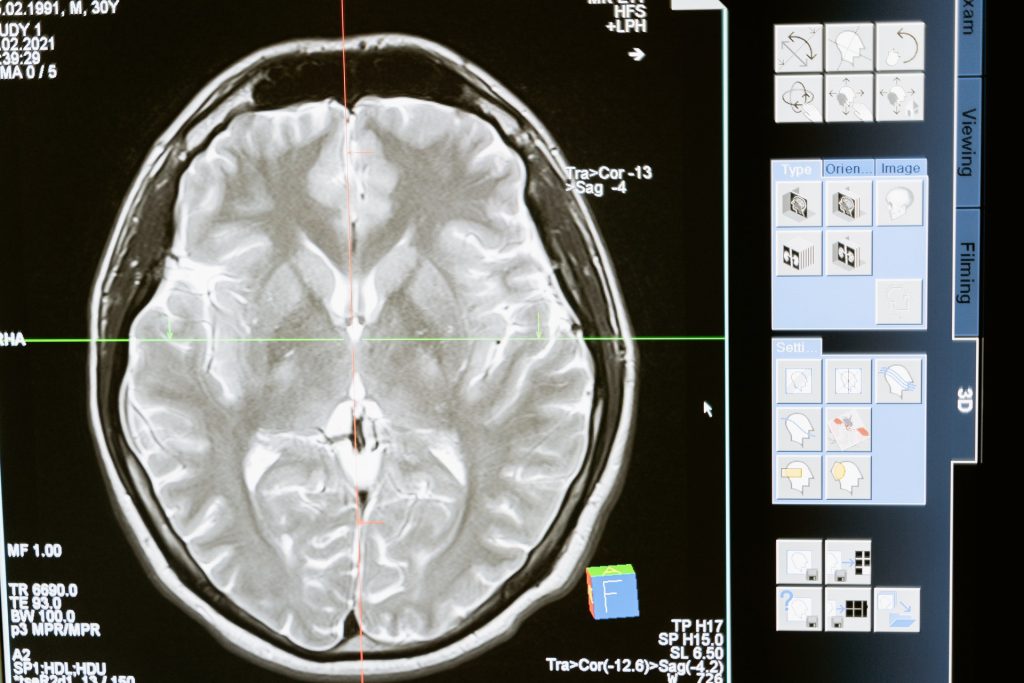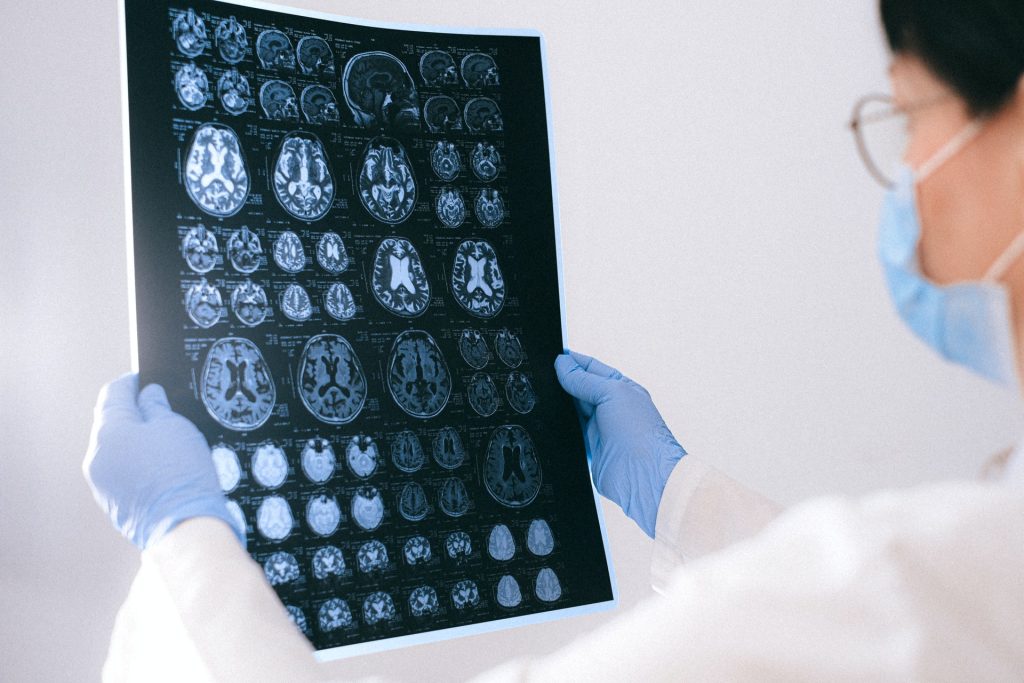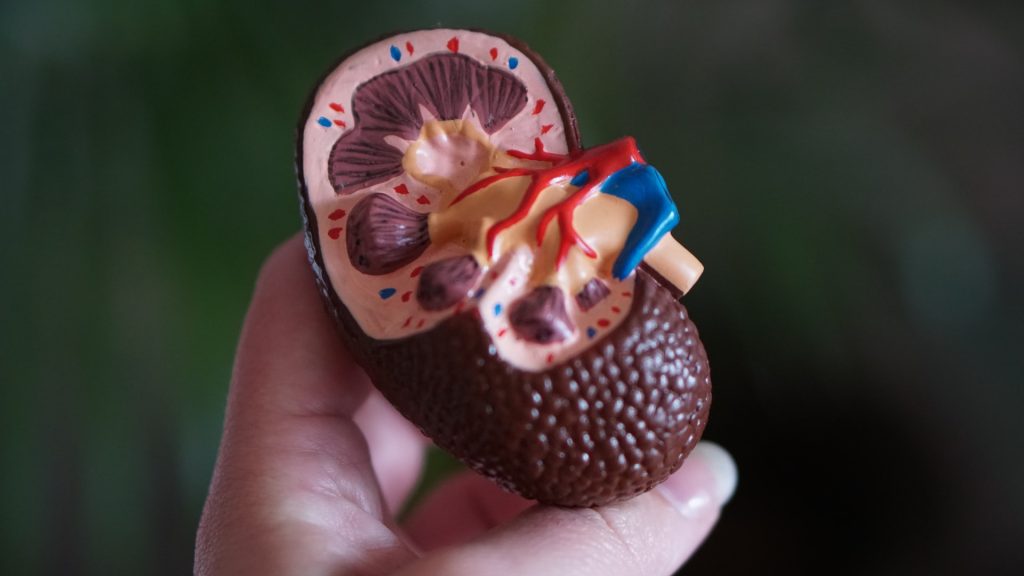Strong Link for Older Drivers with ADHD and Car Crashes

In a study on the prevalence of attention-deficit/hyperactivity disorder (ADHD) and its association with crash risk among older adult drivers, researchers found that those with ADHD are at a significantly elevated crash risk compared with those without ADHD. Outcomes included hard-braking events, and self-reported traffic ticket events, and vehicular crashes. Until now research on ADHD and driving safety was largely limited to children and young adults, and few studies assessed the association of ADHD with crash risk among older adults. The results are published online in JAMA Network Open.
The research, from Columbia University Mailman School of Public Health, found that older adult drivers were more than twice as likely as their counterparts without ADHD to report being involved in traffic ticket events (22 versus 10 per million miles driven), and vehicular crashes (27 versus 13.5 per million miles driven).
“Our findings suggest that effective interventions to improve the diagnosis and clinical management of ADHD among older adults are warranted to promote safe mobility and healthy aging,” observed first author Yuxin Liu, MPH, at the Columbia Mailman School of Public Health.
ADHD is a chronic neurodevelopmental condition with symptoms such as inattentiveness, impulsivity, and hyperactivity. Although ADHD is commonly considered a childhood disorder, it can persist into adulthood and affect daily life performances of older adults. In the US, the reported prevalence of ADHD is 9% to 13% in children younger than 17 years and 8% in adults 18 to 44 years of age. The reported prevalence of ADHD in adults has increased in recent years due to improved diagnosis. In general, the prevalence of ADHD decreases with advancing age.
Study participants were active drivers aged 65 to 79 years of age enrolled during 2015 and 2017 in the Longitudinal Research on Aging Drivers (LongROAD) project who were followed for up to 44 months through in-vehicle data recording devices and annual assessments. The data analysis was performed between July 2022 and August 2023.
Of the 2832 drivers studied, 75 (2.6 %) had ADHD. The prevalence of ADHD was 7.2% among older adults with anxiety or depression. With adjustment for demographic characteristics and comorbidities, ADHD was associated with a 7% increased risk of hard-braking events, a 102% increased risk of self-reported traffic ticket events, and a 74% increased risk of self-reported vehicular crashes.
The researchers collected data from primary care clinics and residential communities in five U.S. sites in Ann Arbor, Michigan; Baltimore, Maryland; Cooperstown, New York; Denver, Colorado; and San Diego, California between July 2015 and March 2019. Participants were active drivers aged 65 to 79 years enrolled in the LongROAD project who were followed through in-vehicle data recording devices and annual assessments.
“Our study makes two notable contributions to research on healthy and safe aging,” said Guohua Li, MD, DrPH, professor of epidemiology at Columbia Mailman School of Public Health, and senior author. “The research fills a gap in epidemiologic data on ADHD among older adults and provides compelling evidence that older adult drivers with ADHD have a much higher crash risk than their counterparts without ADHD.”
Dr. Li and colleagues launched the LongROAD Project in 2014 to understand and meet the safe mobility needs of older adult drivers. A 2016 study by Li and colleagues in the Journal of the American Geriatrics Society showed that health worsens when older adults stop driving. Early this year, the research team reported in a study published in Artificial Intelligence in Medicine that driving data captured by in-vehicle recording devices are valid and reliable digital markers for predicting mild cognitive impairment and dementia.
“There are 48 million older adult drivers in the United States. As population aging continues, this number is expected to reach 63 million in 2030. Data from the landmark LongROAD project will enable us to examine the role of medical, behavioural, environmental, and technological factors in driving safety during the process of aging.” said Li, who is also professor of anaesthesiology at Columbia Vagelos College of Physicians and Surgeons, and founding director of the Columbia Center for Injury Science and Prevention.
Source: Columbia University’s Mailman School of Public Health









